I never expected my footage of life in Aleppo to become a feature documentary, I just wanted to record the truth, says Waad al-Kateab
Production companies Channel 4 News; ITN Productions
Commissioner Siobhan Sinnerton (Channel 4); Raney Aronson-Rath (PBS Frontline)
Length 1 x 90 minutes
TX Saturday 26 October
Executive producers Nevine Mabro; Siobhan Sinnerton; Ben de Pear; Dan Edge; Raney Aronson-Rath; George Waldrum
Directors Waad al-Kateab; Edward Watts
Post house ITN Productions
When I raised my phone in 2011 to film the first demonstration I had ever seen at Aleppo University, I never imagined that eight years later that footage would end up as part of For Sama, a feature documentary now showing in cinemas and on television around the world.
From the beginning, I was aware that filming what was going on would be important to show that an atmosphere of fear had broken out in Syria, to encourage our people to get involved in the struggle to change our lives for the better, and to show the world outside that we were fighting for our freedom and dignity.
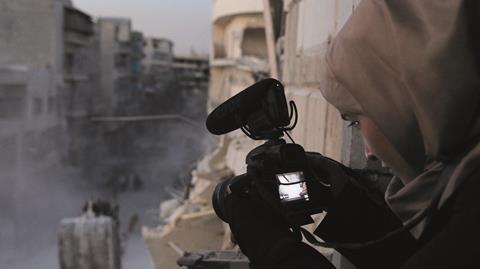
I filmed scenes of great happiness: street protests, students standing peacefully against the Assad regime and the hope and joy when they painted the slogan ‘The people want the regime to fall’ on walls. I filmed the early days of the conflict in the east part of Aleppo, where the hospital in which I gave birth to my first daughter was located. It later became our home.
I kept filming through the worst of circumstances. We were under attack 24 hours a day and I had to fight my fear that I would be killed at any moment.
I had to deal with a lack of basic services – no electricity and no internet made the technical aspects of filming so much harder. It was hard to find equipment and often impossible to get it repaired if anything went wrong.
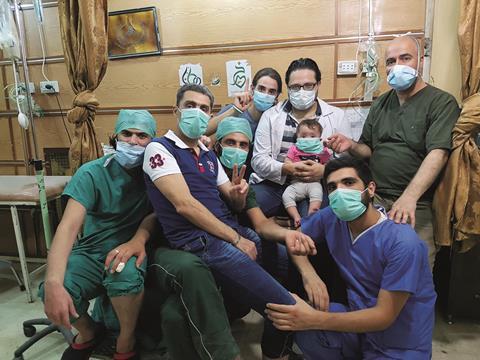
At the same time, I was trying to balance my responsibilities as a young mother. I had to confront disapproval in some parts of the conservative community, who did not think a woman should be seen with a camera. Even some of my colleagues took my work less seriously because I was a woman.
I had to do my best to ignore all of this and stay focused on what I wanted to achieve. I worked on building trust with the community, trying to turn my unique personal qualities to my advantage.
Being a woman, and a headstrong one at that, I could talk to other women and families in a way that my male colleagues couldn’t. I took my camera with me everywhere, even when I went to buy vegetables from the market.
In time, people began to see me as part of the community and accepted me and my camera. I filmed many stories of Aleppo, of different families, all of whom were trying to live normal lives under bombardment and siege.
At the start, I filmed without a feature documentary in mind. I had many different thoughts and ideas but never believed I would survive to finish them – I just wanted to make sure that our stories and experiences were recorded so that one day someone could use this footage to make a film that truly showed what we lived through.

I began working for Channel 4 News, sending them raw footage, which they edited, packaged and voiced in London. It became a series called Inside Aleppo, which has been seen by half a billion people worldwide.
C4 News knew that in the event of my death, it was to broadcast all of my footage so the world could witness these war crimes, as I had done, and my death would not be in vain.
Facing defeat
After struggling for five years against the regime and its Russian and Iranian allies, our worst fears came to pass: we were defeated and told we either had to go into exile or we would be destroyed.
With incredible sadness, we said goodbye to our beloved city. I left with 12 battered hard drives, which somehow I had to pass through lines of Russian and regime checkpoints.
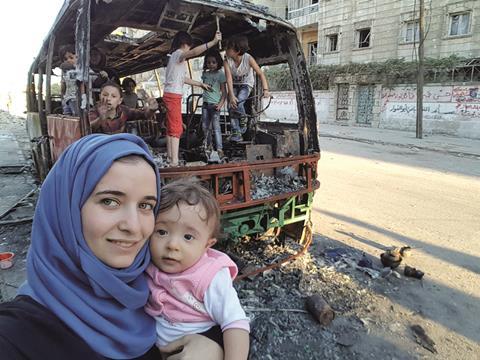
My daughter Sama was almost one year old and I was pregnant with my second child, Taima, so I strapped the hard drives on top of my pregnant tummy, put Sama in her harness in front of that and wore a huge coat on top. My stomach looked huge.
When we reached the checkpoints, I was so afraid we would be discovered I could hardly breathe. But we were lucky. It was so cold and deep into the night that the soldiers did not check us carefully. I escaped with my children and my precious archive – a record of all the crimes that had been committed.
After the fall of Aleppo, I was desperate and overwhelmed with emotion. The only thing that kept me sane was fighting for the truth to be known, to make a film that told our story – a record for history so the world would know the truth.
I continued to work with C4 News, which supported me in exile, and the idea of a longer film was discussed. C4 then commissioned my documentary and I was introduced to fellow director Ed Watts. Together, we embarked on a lengthy journey to pull together the final film, which is produced by Channel 4 News and ITN Productions.
As we viewed, selected and cut the hundreds of hours of footage I had filmed, there were many hard decisions to make – one of which was whether to include my personal life.
During the whole process, I was reluctant to put myself at the centre of the story as I did not want to claim to be the voice of all the people.
Another challenge was to be honest in the deepest way about my feelings and the experiences I had as a woman and mother in that situation. There were things I was afraid to admit, even to myself.
TURNING A MOUNTAIN OF ARCHIVE INTO A FILM
Edward Watts - co-director
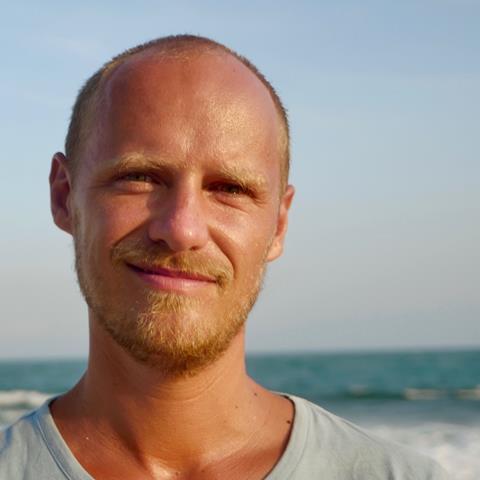
Waad had filmed almost every day for five years, creating an extraordinary archive of more than 500 hours of footage. It seemed like an almost impossible task to distil that much material into a 90-minute film that would do justice to her life in Aleppo, with all its joy, sorrow, hope and fear.
Crafting the film took two years and was, I imagine, as close to sculpting as film-making could ever be. We chipped away at the archive until the essential pieces of the film began to take shape.
First, we had to map the footage – a huge task in itself. Waad’s 12 precious hard drives had lived through years of war and we were terrified they would fail before they had offloaded their precious files.
Our army of translators spent months wading through hours and hours of material, noting every fragment of sound or stray bit of conversation. It’s an essential step in the crafting of any actuality-based film, where a few words here or background sound there might be the key to unlocking a scene.
Throughout this time, Waad and I were engaged in a robust tug-of-war over what the central narrative should be and what elements we should include.
There were so many stories that her footage could tell: the story of her life, her family, the lives of her friends and other civilians, the rise and fall and rise again of the hospital, and the history of the struggle for the city itself.
DIFFERENT PERSPECTIVES
With our wonderful editors and execs as arbitrators, we pushed and pulled between our different perspectives, with her desire as an insider to tell the truth of what her people lived through eventually coming into harmony with my determination to make that truth clear, emotionally engaging and accessible for an outside audience with no personal connection to Syria.
After two intense years, we arrived at the moment that had once seemed impossible. I looked at Waad and said: “Is there anything else you want to change?”
“No,” she answered. “What about you?” I shook my head. That was the moment we knew we had a film we could be proud of.


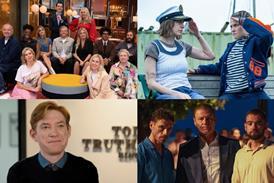




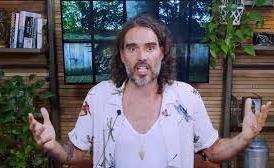


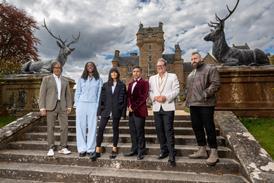

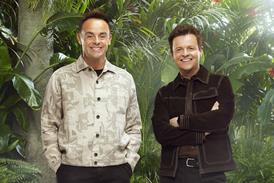
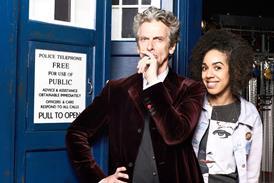
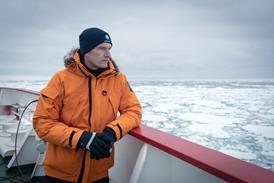


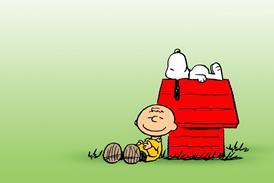
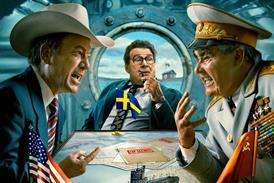

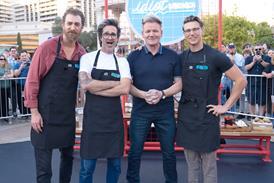
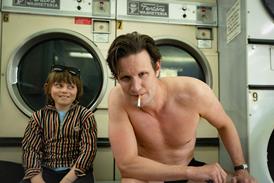
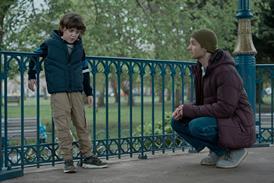
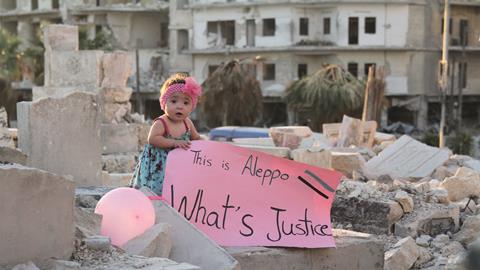






No comments yet